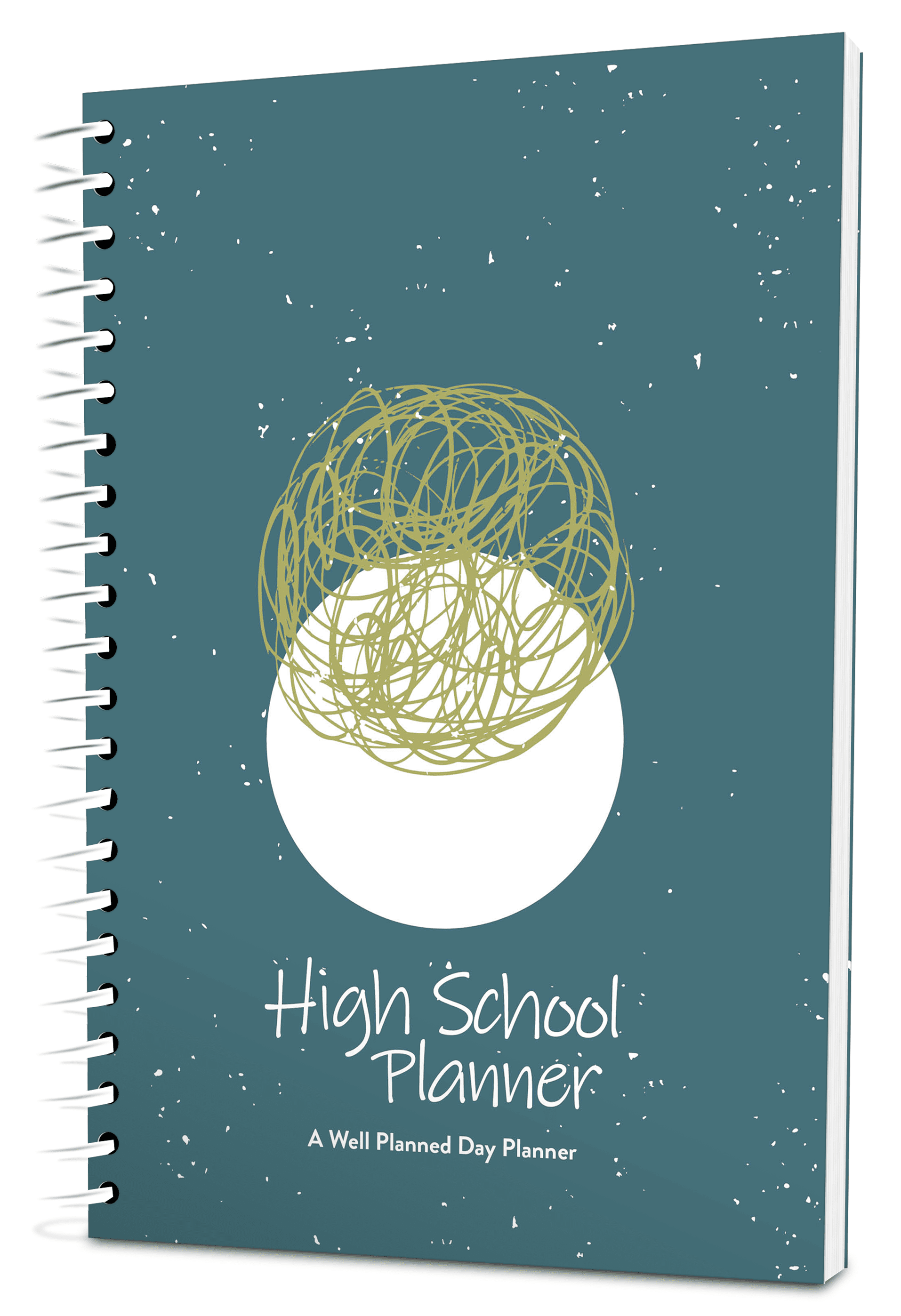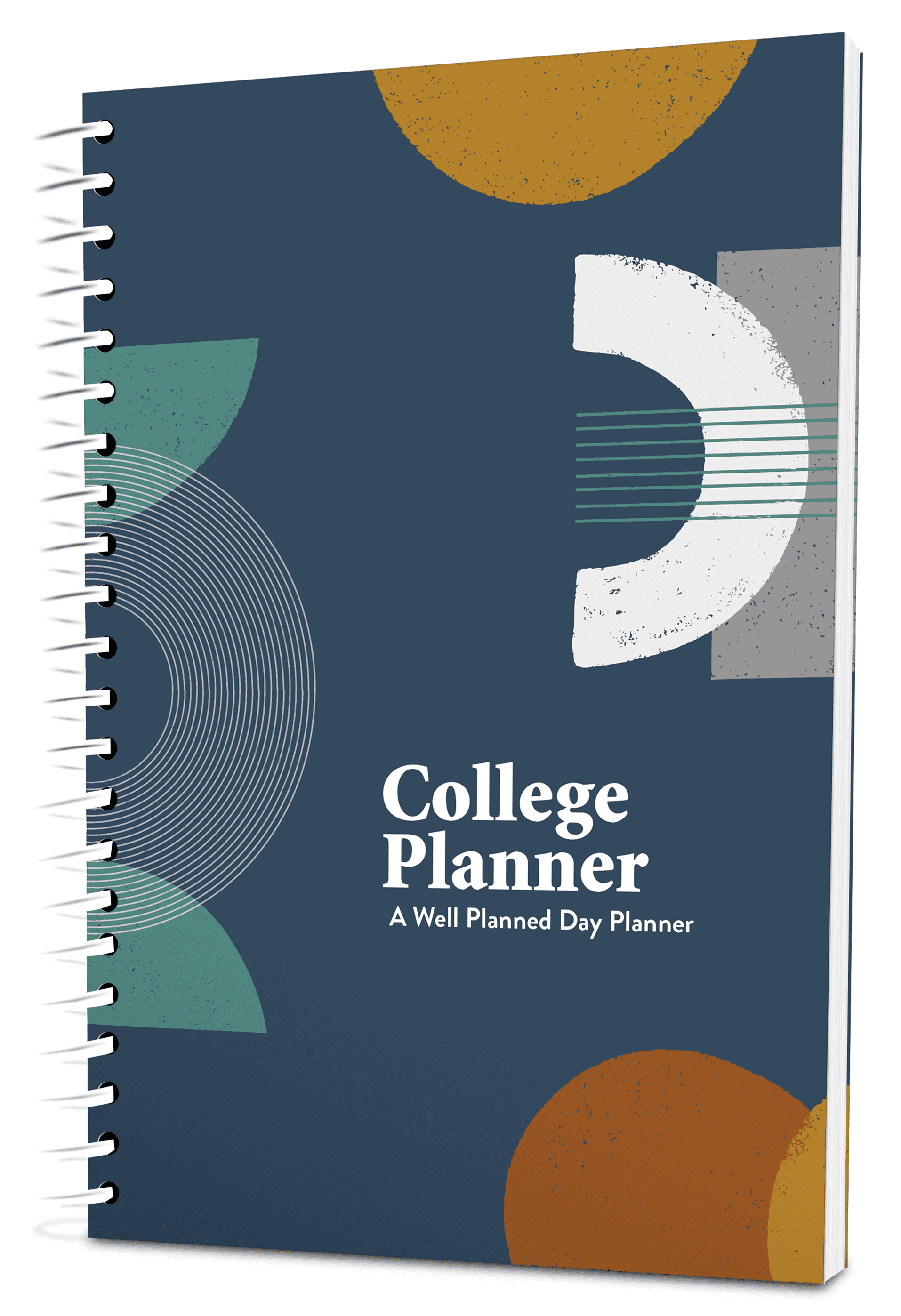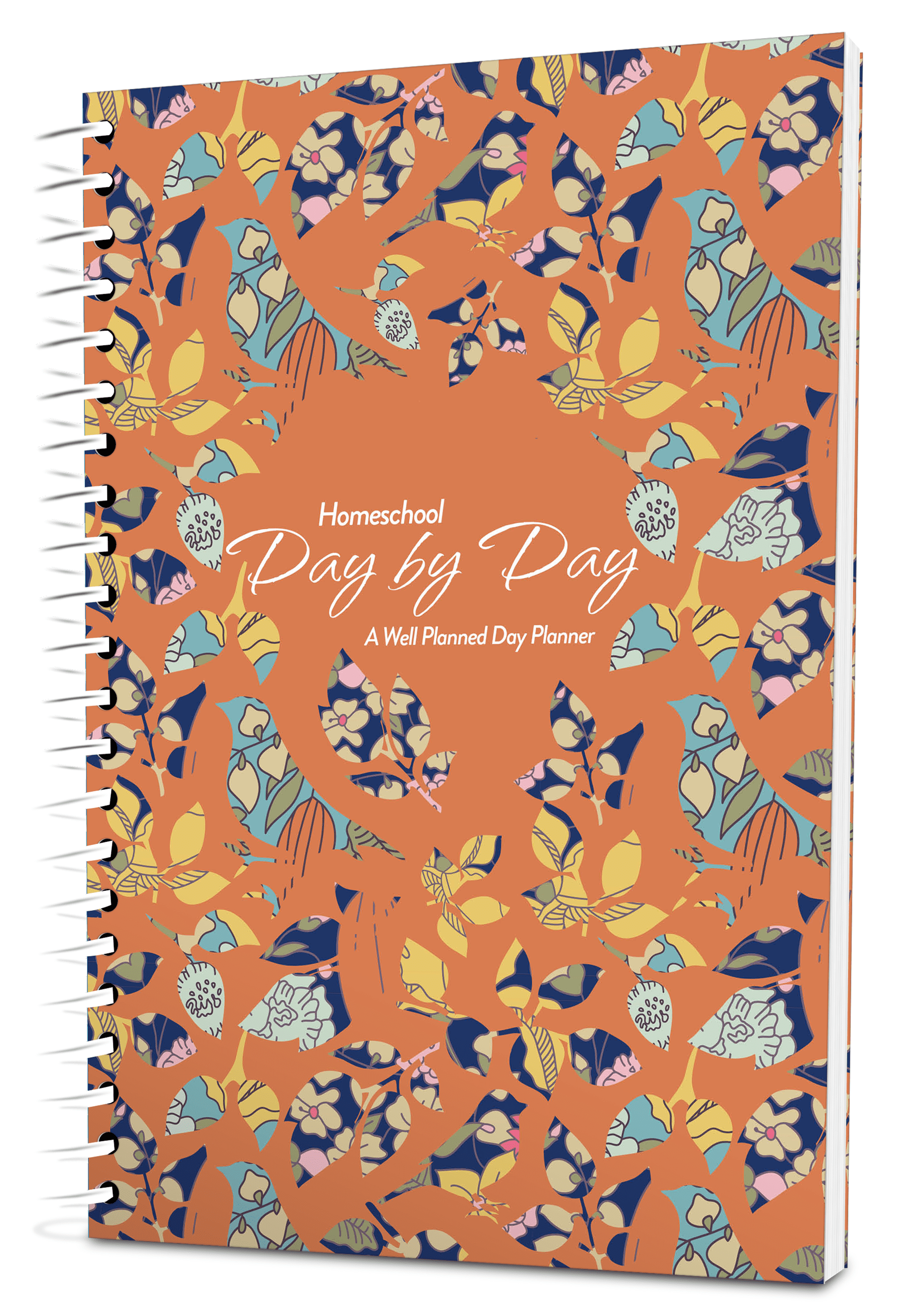History can be one of the most interesting subjects to study, but it can also be difficult to understand how it all fits together, especially when studying events out of order. While history is best learned by studying it chronologically, historical information pops up out of order as we have discussions and as we study other subjects.
Books are full of dates, names, and places that can seem unrelated and hard to remember. A timeline is a visual representation that shows information in sequence order. Creating a timeline helps your children keep track of the order of historical events, as well as what events were occurring throughout the world at the same time.
Benefits of Using Timelines in Your Homeschool
Here are some of the benefits of using a timeline:
- Children see the full picture of an era in history, which enables them to make connections between individual events and people, as well as their relationship to the time period.
- A timeline helps children understand the cause-and-effect relationships of events. By seeing that the American Revolution immediately preceded the French one, for example, students can see the relationship between the two. By following the events of slavery in America, the American Civil War, Reconstruction, and the Civil Rights movement through history, students can better understand some of the issues that America is facing today. Patterns that have occurred throughout history become more identifiable when seen laid out on a timeline.
- By using a timeline, students can also see events that were occurring as they learn from a variety of subjects. As they do independent reading, read the Bible, learn about Christian history, study science, or learn art or music, adding events and people from these subjects to a timeline reveals where they fit in with information learned during history lessons.
- Timelines are especially helpful for visual learners. They allow students to see the whole picture of history, which helps them place information that they are hearing or reading about.
- Finally, using a timeline can help your student memorize key information and the order of events, as well as people and dates.
Types of Timelines
When we think of timelines, we often think of one in a book or a poster on the wall, but there are many different ways to create timelines. Here are some ideas for you to consider.
Card File
Create a card file. Place dividers in a card box, then use index cards to record events and people. This is a very flexible timeline, as you can put as many cards behind each time period as you like, where the other types of timelines have a limited amount of space. You can also remove the index cards to practice putting events in order, and an increasing amount of information can be added to cards as your students get older.
Butcher Paper
Use butcher paper to create a timeline that goes across your whole wall or around the whole room. Draw a horizontal line with marker, then divide the line vertically into periods of time. Use pictures or drawings to place events on the timeline. You can also divide the paper into vertical sections, and divide events up by world history, American history, biblical or Christian history, scientific, etc.
Hanging Timeline
String a strong piece of twine or yarn across your wall. Use index cards to record events and attach them to the string with clothespins. This will create a mobile, hands-on timeline that students can use to put events in order.
Moveable Wall
Create your timeline on a large piece of cardboard, such as an appliance box. This offers you the benefits of being both large and portable.
Digital
Use software or an online application to create your timeline. Various free or paid subscription online apps and software are available for creating a highly interactive timeline. Downloaded photos and scanned drawings can be easily added as well.
Recommendations for Online/Computer-based Timelines:
officetimeline.com
myhistro.com
timeline.knightlab.com
free-timeline.com
timelinemaker.com
smartdraw.com/timeline
Lapbook
If you are a fan of lapbooks, you may enjoy using a similar method to create a timeline. Attach several manila folders together by cutting off the tabs and taping them end to end with packaging tape. You can lay them out flat to see the whole timeline, then fold them up, accordion-style, for easy storage. A large rubber band can be used to keep it shut.
Sketchbook
Use a sketchbook. Open the sketchbook flat on the table and divide each spread into a period of time. Use glue sticks to attach small drawings or photos to your timeline or draw directly on the pages. To make it more interactive, use a three-ring binder, then punch holes in cardstock for the pages so that they can be removed.
Thinking It Through: What Type of Timeline is Best for You?
Each style of timeline has its own pros and cons, so before you create one, you might want to think through what will work best for your family. And keep in mind that what works best now may change as your family grows and your children mature.
How much room do you have? Do you have the perfect wall for creating a large, wall-based timeline? If you are short on space, would one of the storable versions work better?
How old are your children? If they are still young, you might want to choose a version that can grow with them. On the other hand, it may be easier for them to picture history if they can see it all at one time, rather than flipping through pages.
Do you want to make one timeline that the whole family will use, or would you rather have each child make his or her own individual timeline?
Would you like your children to be able to move timeline entries around and interact with them?
Do your children enjoy doing art and drawing, or will you want to download or print most of the pictures for your timeline?
How comfortable are you and your children with technology? Do you want your children to use online resources and download photos from the internet?














